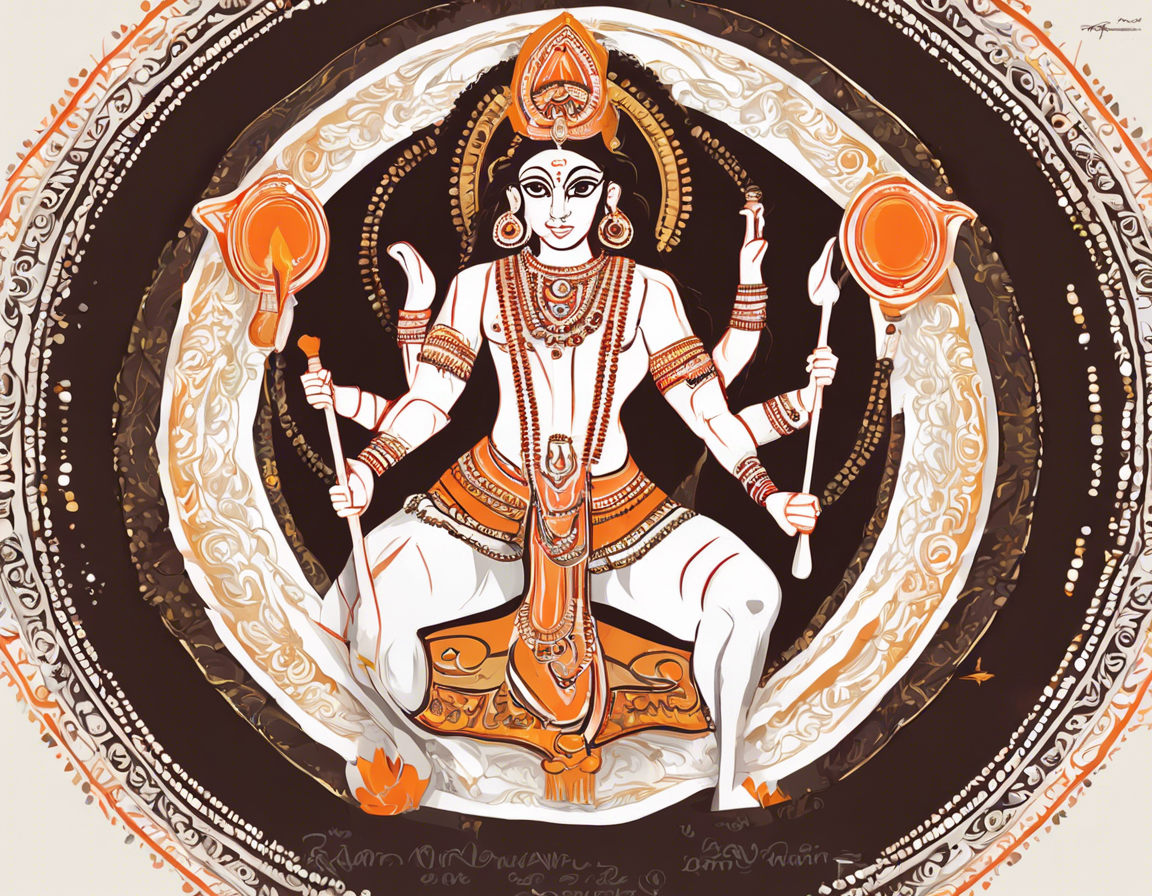Ram Navami 2024: **Celebrating the Birth of Lord Rama
Introduction
In the Hindu calendar, Ram Navami is a significant festival that celebrates the birth of Lord Rama, the seventh avatar of Lord Vishnu. This auspicious day falls on the ninth day of Chaitra Navratri, which usually occurs in the months of March or April. Devotees across India and the world celebrate this day with great fervor and devotion.
The Significance of Ram Navami
Ram Navami holds immense significance in Hindu mythology and culture. Lord Rama is revered as the epitome of righteousness (dharma) and is considered the ideal man (Maryada Purushottam). His life and teachings, as depicted in the epic Ramayana, serve as a guide for leading a righteous and virtuous life.
Celebrations and Rituals
The festival of Ram Navami is marked by various rituals and celebrations:
1. Fasting and Prayer: Devotees observe a fast on this day and offer prayers to Lord Rama for prosperity, protection, and blessings.
2. Bhajans and Kirtans: Devotional songs (bhajans) and hymns in praise of Lord Rama are sung in temples and households.
3. Processions: In some regions, colorful processions depicting scenes from the Ramayana are taken out, with devotees singing and dancing in joy.
4. Rama Katha: Spiritual discourses and recitation of the Ramayana** are organized to narrate the life and teachings of Lord Rama.
5. Puja:** Special puja ceremonies are performed in temples and homes, with devotees offering flowers, incense, and sweets to the deity.
6. Community Feasting:** Prasad (food offered to the deity) is distributed among devotees, and community feasts are organized as a symbol of unity and sharing.
7. Charity:** Giving alms to the poor and needy is considered an act of piety on this day, reflecting Lord Rama’s compassion and empathy.
Customs and Traditions
1. Reading the Ramayana: Many devotees read or listen to the Ramayana story either at home or in temples to commemorate Lord Rama’s life and deeds.
2. Rama-Parikrama:** Some devotees perform a circumambulation (parikrama) of the holy places associated with Lord Rama, such as Ayodhya, Rameswaram, and Janakpur.
3. Satsang: Gathering with like-minded individuals for spiritual discussions, chanting, and meditation is a common practice on Ram Navami.
4. Worship of Tulsi: The Tulsi plant (Holy Basil) is considered sacred and is worshipped on this day as it is believed to be dear to Lord Rama.
5. Sita-Rama Kalyanam: In some regions, a symbolic wedding ceremony of Lord Rama and Goddess Sita is performed to celebrate their divine union.
FAQs (Frequently Asked Questions)
Q1. What is the significance of Lord Rama’s birth?
A: Lord Rama’s birth is considered the embodiment of righteousness and virtue, and his life’s story teaches valuable lessons on duty, honor, and devotion.
Q2. How can one observe Ram Navami at home?
A: You can observe Ram Navami at home by fasting, reading the Ramayana, offering prayers to Lord Rama, and participating in virtual satsangs or online bhajans.
Q3. Why is Tulsi worshipped on Ram Navami?
A: Tulsi is believed to be a dear devotee of Lord Rama, and worshipping it on this day is considered auspicious and symbolizes devotion to the Lord.
Q4. Can non-Hindus participate in Ram Navami celebrations?
A: Yes, Ram Navami celebrations are inclusive, and people of all faiths can participate in the festivities by attending satsangs, cultural programs, and community feasts.
Q5. What is the importance of giving alms on Ram Navami?
A: Giving alms on Ram Navami is a way to practice compassion and charity, following Lord Rama’s teachings of serving the less fortunate with empathy and kindness.
